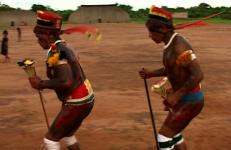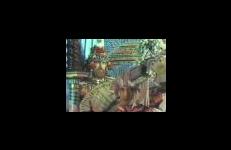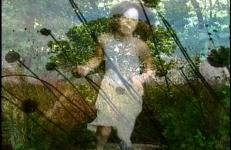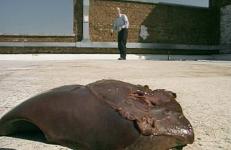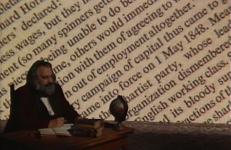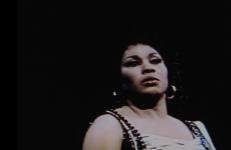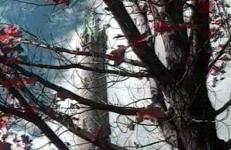A myth illustrated on the stones of a waterfall, the reconstruction of a great communal hut, the attempt to recover objects kept for years in a museum in Manaus. In IAUARETÊ, Waterfall of the Jaguars the Tariano Indians, of the North-western Amazon, after decades of missionary catechism, decide to make a cultural record for future generations.
Direction: Vincent Carelli
Photography: Vincent Carelli and Altair Paixão
Editing: Joana Collier
Production: IPHAN / Vídeo nas Aldeias





